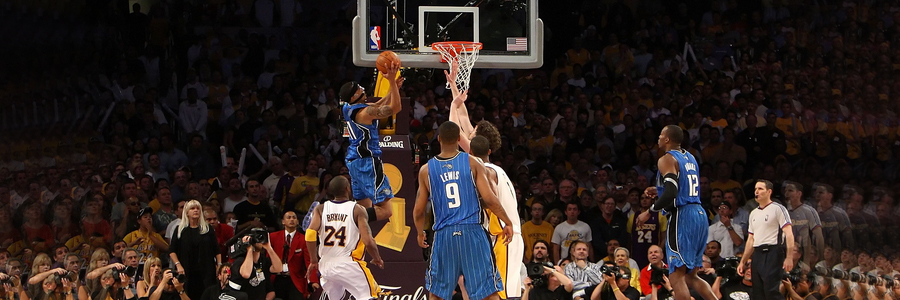NBA Playoff Betting 101: Maximizing Your Profits Using the NBA Zig-Zag Theory
Generally, most smart cappers use this theory to handicap the ATS, though a select number of handicappers occasionally use it when picking SU lines. A recent report by ESPN underscores the value of using this handicapping system in the ATS lines, saying that: The Zig-Zag theory was a very profitable 311-249-10 ATS (55.5 percent) from the 1991 NBA playoffs through 2000, according to the betting results kept by Marc Lawrence of playbook.com. As per other sources, from 1991 through 2015, here’s how the Zig Zag Theory has reportedly played out in the ATS lines:- Overall: 819-726-38 (53.0%)
- Game Two: 204-159-13 (56.2%)
- Game Three: 201-168-8 (54.5%)
- Game Four: 167-170-8 (49.6%)
- Game Five: 135-124-7 (52.1%)
- Game Six: 79-70-2 (51.6%)
- Game Seven: 30-27-2 (52.5%)
- Round One: 393-346-22 (53.2%)
- Round Two: 204-159-13 (56.2%)
- Round Three: 120-111-6 (51.9%)
- Round Four: 60-53-3 (53.1%)
- No. 1 Seeds: 117-106-5 (52.5%)
- No. 2 Seeds: 113-92-4 (55.1%)
- No. 3 Seeds: 97-85-9 (53.3%)
- No. 4 Seeds: 80-76-1 (51.3%)
- No. 5 Seeds: 75-71-3 (51.4%)
- No. 6 Seeds: 81-76-2-2 (51.6%)
- No. 7 Seeds: 44-65-4 (40.4%)
- No. 8 Seeds: 66-46-5 (59.0%)








